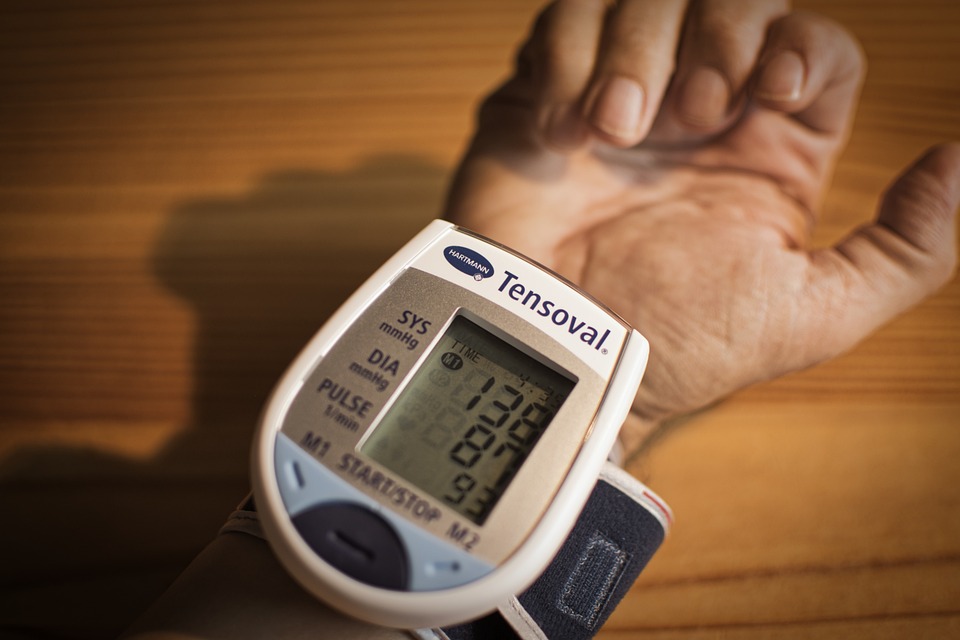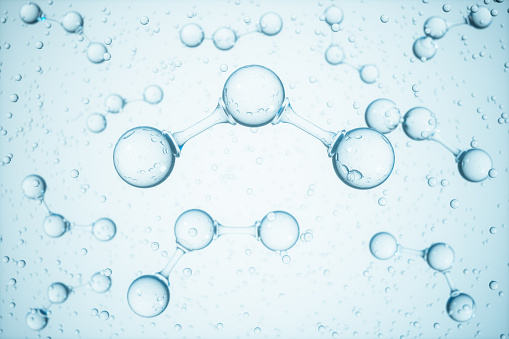An estimated 30 to 40% of Americans are affected by hypertension. Blood pressure which is regularly above 140/90 mm Hg, was categorized as hypertension prior to 2017 when the ACC/AHA* lowered the bar to set the new criteria at consistent readings above 130/80 mm Hg. The term essential hypertension means hypertension due to no apparent cause, not secondary to another disease process, the latter of which represents approximately 5 to 10% of all hypertension.
Untreated hypertension is a major contributing factor to heart disease, stroke, and to disease of the microvascular circulation of the kidneys and retina which can lead to renal insufficiency and blindness.
Hypertension is among the leading indications for prescription drug use in the US, preceded by analgesics and lipid-lowering agents. And medication continues to be the mainstay of treatment.
While Dr. Cooke endorses the use of medication in the treatment of hypertension, she also maximizes the use of other strategies to minimize drug therapy while striving for the conventional benchmarks of blood pressure control.

Pressure is a function of flow against resistance, or in physiologic terms, cardiac output against systemic vascular resistance. What are the factors influencing this resistance?
Weight reduction, addressing sleep disorders, engaging diaphragmatic breathing exercises, investigation of red blood cell magnesium levels, may all play a part. A small number of nutraceuticals and botanicals may also contribute to blood pressure lowering. Acupuncture, relaxation techniques, and nutrient therapy may also help to reduce tension states which can aggravate high blood pressure.
If you feel that you could be doing more to manage your blood pressure and would like to investigate adjunctive approaches further toward this end, the doctor is still taking new consultative patients.
* American College of Cardiology/American Heart Association (ACC/AHA)



